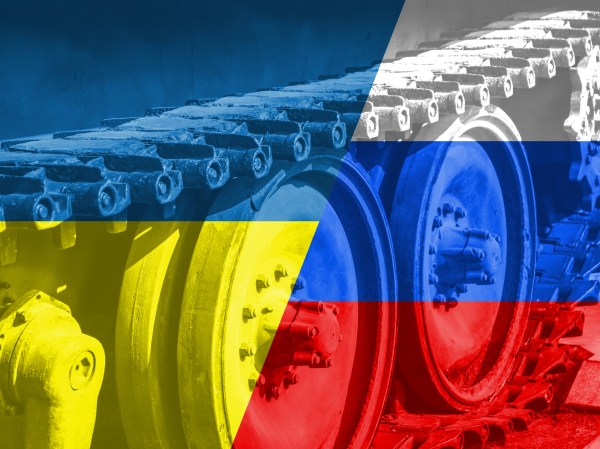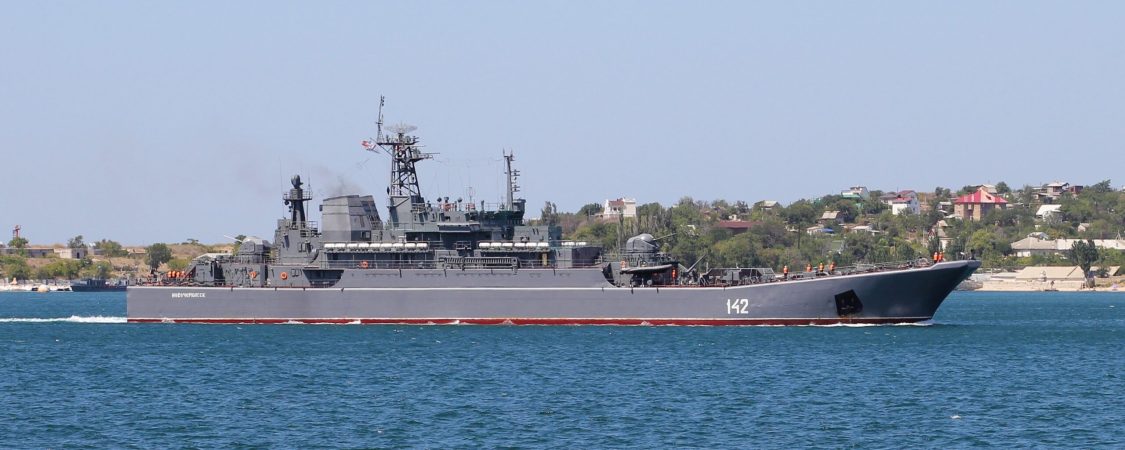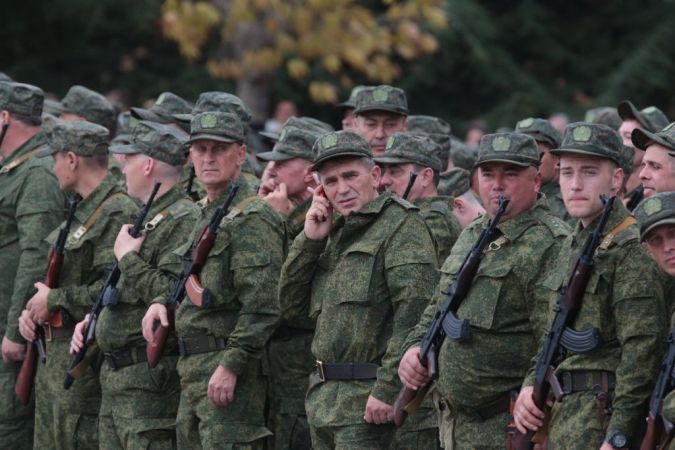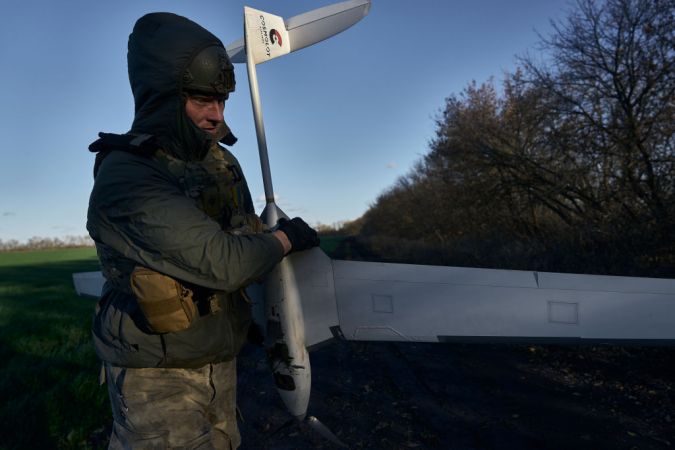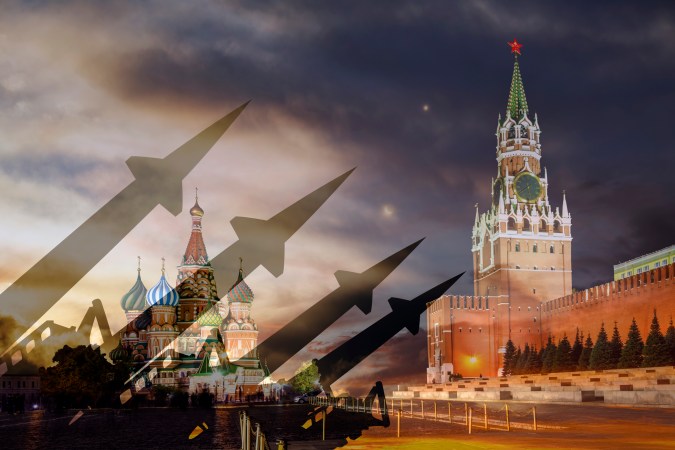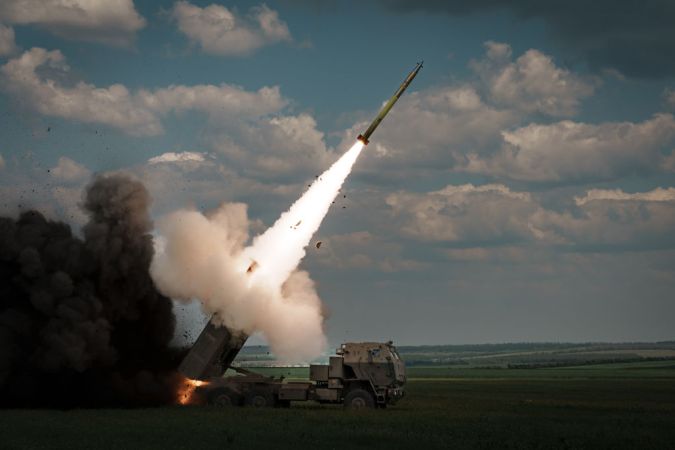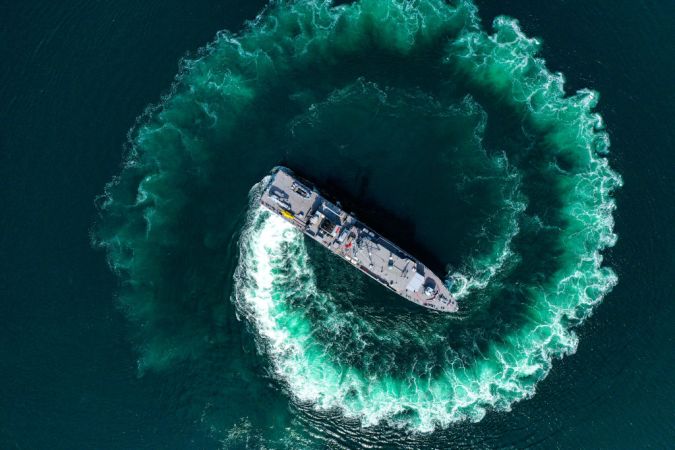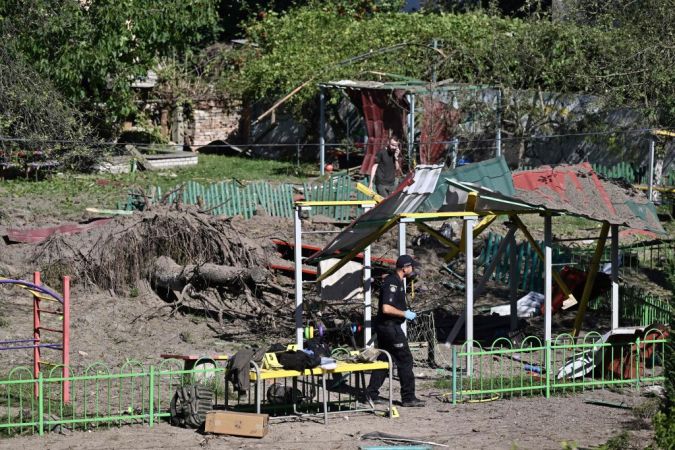There’s a pedantic argument going on about whether Ukraine is currently in a stalemate with Russia. A lot of writers and commentors are arguing over whether the slow Ukrainian advance is stalled or still slowly moving. Or over whether the word stalemate implies that no further gain is possible, so does it apply here? But allow one more writer to weigh in, not on the meaning of stalemate, but why this isn’t one by any definition.
Ukraine has made huge, strategic gains that will serve it well next year. In just the nearly six months since the counteroffensive started, Ukraine heavily damaged the Kerch Bridge serving Crimea, precipitated a coup attempt, put increased pressure on the Russian landbridge, forced the Black Sea Fleet east, killed strategic leaders, and forced Russia to deploy its most mobile forces on defense, making it unlikely Russia will have many available for its own offensive.
And it did all of this while trading forces at near parity. That’s a rare accomplishment since armies are more vulnerable on offense than defense.
So, yes, the lines on the map haven’t moved much. But wars aren’t won on maps. And Ukraine has done some brilliant work on the ground to set conditions for next year.
Let’s look at these developments over the last 25 weeks.
The start of the offensive: June and July
We’ll go over these fairly fast, since they represent the start of the offensive and so may be too early to count for most detractors to count in the stalemate conversation.
But it’s important to remember that the offensive started June 4. In June and July, the biggest developments were the failed Prigohzin Coup in June and the crippling of the Kerch Bridge by a drone strike in July.

While Ukraine, obviously, did not lead the coup attempt, Yevgeny Prigozhin cited his losses on the battlefield and materiel shortages as motivation. Ukraine should see the coup as a result of their victories and pressure. The coup failed to topple Putin, but it weakened the regime. And it forced Putin to sideline Wagner and then assimilate what he could of it.
The next month, Ukraine once again struck the Kerch Bridge, the key artery linking Russia to Crimea. Russia quickly allowed some light traffic to cross the bridge in an attempt to downplay the signifigance. But satellite photos in September show them continuing repairs. And the bridge is still regularly closed to traffic with no official explanation. It is likely that the July attack still hampers Russian resupply to forces from Crimea to Kherson and Zaporizhia oblasts.
And those forces are especially vulnerable, since they only get major supply from across the Kerch Bridge and the “land bridge.”
August and September: The land bridge and Black Sea Fleet
Yeah, about that land bridge. The vaunted Russian land bridge represented a strategic victory for Russia during the invasion. While it failed to take Kyiv, the Russian military did capture vast swaths of eastern Ukraine in early 2022. That created a connection between its forces in Donetsk and Luhansk and Crimea.
That land bridge is essential for Russian defenders in Zaporizhia and everywhere south of it. Russia sucks at getting resupply across the Sea of Azov. If the land bridge is severed, Russian forces will have to resupply solely through the damaged Kerch Bridge, like breathing through a straw.
And in August, Ukraine took Robotyne. That puts additional pressure on the land bridge and puts its forces within HIMARS range of the Sea of Azov (barely). Ukraine’s movement across the terrain, yes, did freeze after that. It failed to take Tokmak or Polohy, either of which would have robbed Russia of aviation bases.
But, importantly, Russia had to redeploy forces to prevent the Ukrainian salient from becoming a rout. Russia reportedly deployed as many as 10,000 paratroopers to stop the Ukrainian advance.
Russia has tried to rebuild the VDV since the stunning losses during the invasion. But the few paratroopers it still has are exhausted from defending the land bridge. It is highly unlikely it can use them anywhere else anytime soon. (That partially explains why Russia appears to be running low on men at Adiivka only a month into its assault.)
Meanwhile, on the diplomatic front, Ukraine earned promises of F-16s in August as well, with more promises coming in September.
Finally, Ukraine managed two stunning attacks on the Black Sea Fleet, killing 33 officers and crippling a landing ship and a submarine.
Most recently: October and November
Those September strikes led to a “functional retreat” of the Black Sea Fleet east to Novorossiysk in October, according the the U.K. Armed Forces. But that didn’t stop the strikes, as Ukraine hit Crimea again in November and damaged three ships over two strikes. And the U.K. thinks the fleet will become less effective at long-range strikes until it can re-build Novorossiysk to take over the mission of loading cruise missiles from Sevastapol.

(When Russia’s fleet is retreating, it really doesn’t seem like the “Ukraine stalemate,” just saying.)
Meanwhile, Ukraine finally got ATACMS missiles, greatly increasing the range of their HIMARS launchers. And it debuted the weapon in stunning fashion, knocking out 14 Russian helicopters in Luhansk and Berdyansk.
Then, Ukraine managed to force a crossing over the Dnipro River, establishing what appears to be a permanent foothold on the “left bank.” (That’s the southern bank, for those of us unaccustomed to having to imagine the flow of a river to orient ourselves on the map.) The advance promises to relieve pressure on Kherson. And, ideally, as more of the river is liberated it will give Ukraine a logistics line.
Meanwhile, Ukraine has been steadily degrading Russian air defenses over the last six months. So much so that the U.K. Ministry of Defence believes Russia is moving air defense systems from the Kaliningrad Enclave to Ukraine. That would mean that Russia is accepting risk at one of its most important bases because it can’t otherwise protect assets in Ukraine.
So it’s not a Russian-Ukraine stalemate
We get it. The map lines are just about where they were this summer.
But Ukraine spent the last six months weakening Russian forces in key areas.
Russian logistics are threatened, especially in the south. Ukraine has new weapons and promises of more, like F-16s, that could enable greater offensive power. Russian air defenses are weaker by the day. And the Black Sea Fleet, formerly a major offensive force for Russia, is now hiding to the east. And Russia had to spend its own offensive buildup to secure its logistics, hampering its own offensives.
Remember, Allied forces set the conditions for D-Day for over a year before launching the invasion. (Army University Press has a great new video on the long planning and preparation.)
Military operations are not always about seizing territory. Sometimes they’re about breaking the enemy. And Ukraine is breaking Russia. There is not, right now, a Ukraine stalemate.
Logan Nye was an Army journalist and paratrooper in the 82nd Airborne Division. Now, he’s a freelance writer and live-streamer. In addition to covering military and conflict news at We Are The Mighty, he has an upcoming military literacy channel on Twitch.tv/logannyewrites.



